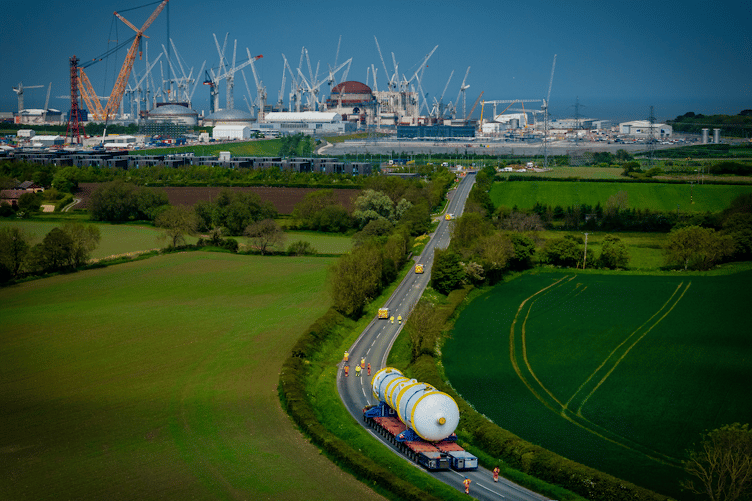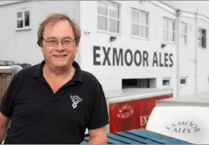A FRENCH nuclear reactor which is a twin of Hinkley Point C has become operational - 12 years later than originally planned.
The Flamanville-3 EPR nuclear reactor, in Normandy, is the same design as the two reactors being built on the Hinkley C site, Britain’s first new nuclear power station in a generation.
It comes as owner EDF is reported to be seeking investors to put £4billion into Hinkley C to replace funding lost when China General Nuclear Power Group (CGN) pulled out of a partnership deal amid deteriorating relationships between the UK and China.
CGN had owned a minority 32 per cent of the Hinkley project but was upset when the Government stopped it being a partner in EDF’s next planned UK reactor, Sizewell C, in Suffolk, because of national security concerns.
Hinkley C is currently running up to six years late with its first electricity possibly not being produced until 2031, while costs have risen by more than two-and-a-half times from £18 billion to nearly £48 billion.
French-owned EDF needs further investment to see Hinkley C through to completion and has suggested the UK Government could help out.
The Guardian newspaper has reported EDF was in talks to raise money from sovereign wealth funds and large infrastructure funds via a bespoke financial instrument which would give investors a stake in the Hinkley site while protecting them against any risk that the company was unable to finish developing the nuclear power station.
Flamanville-3, which has been dubbed the world’s most expensive nuclear reactor, has received approval from the French nuclear regulator to launch ‘divergence operations’.
It means EDF can create a stable nuclear reaction at low power and gradually ramp up to 25 per cent before connecting Flamanville to the French national electricity grid.
Hinkley C’s reactor number one is not expected to become operational at the earliest until some time during 2029, with the second reactor coming online a year later.
It is expected to have a 60-year operating life during which it should generate enough electricity to supply six million homes.
The Government sees Hinkley C playing an important role in providing a secure energy source for the country and a back-up for renewable power, helping end UK dependancy on imported fossil fuels.
Nuclear power is also carbon free energy with Hinkley C projected to meet up to seven per cent of the nation’s energy demands.
When Hinkley C was granted planning permission in 2013 it was expected to be opened by 2025, but Brexit, Covid-19 lockdowns, supply chain issues, and difficulty in recruiting enough skilled engineers were all said to have played a part in slowing down the development.
Civil engineering cost rises and additional safety measures required by UK regulators were partly blamed for the escalating costs.
Hinkley C is currently the largest construction site in Europe with a workforce of up to 10,000 people working on it at any one time.
EDF told the Free Press it did not want to make any comment.





Comments
This article has no comments yet. Be the first to leave a comment.